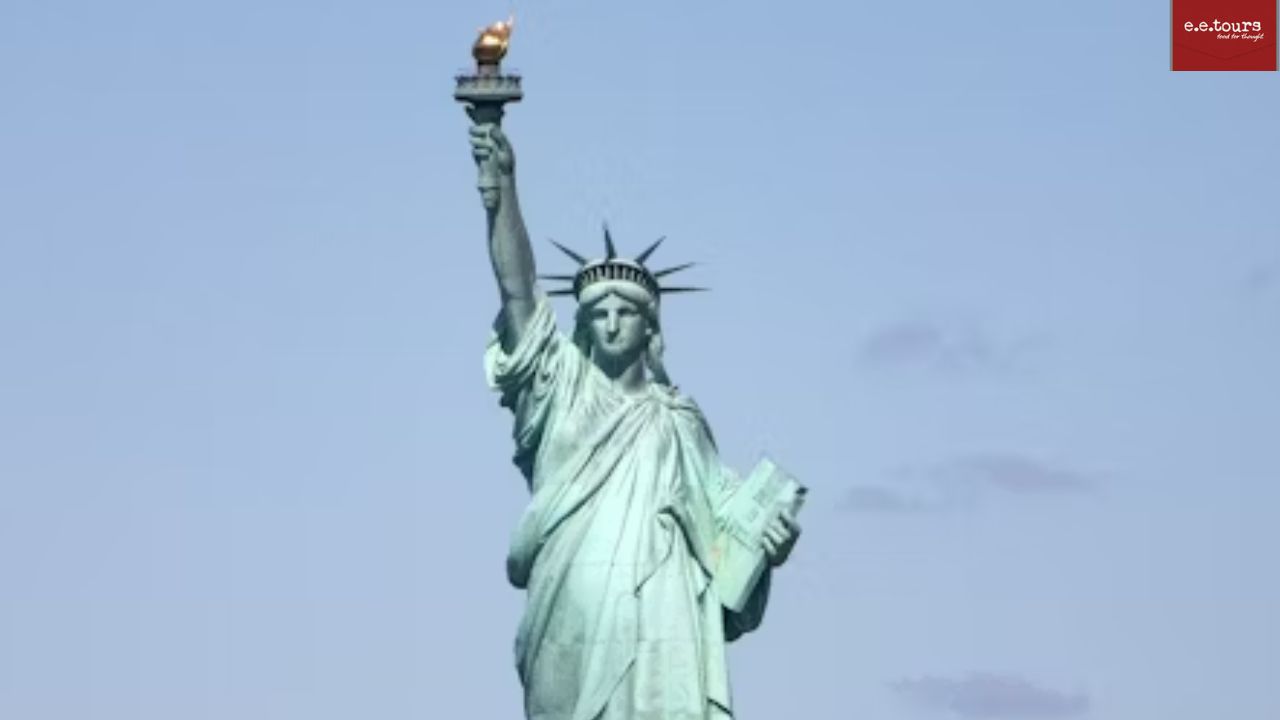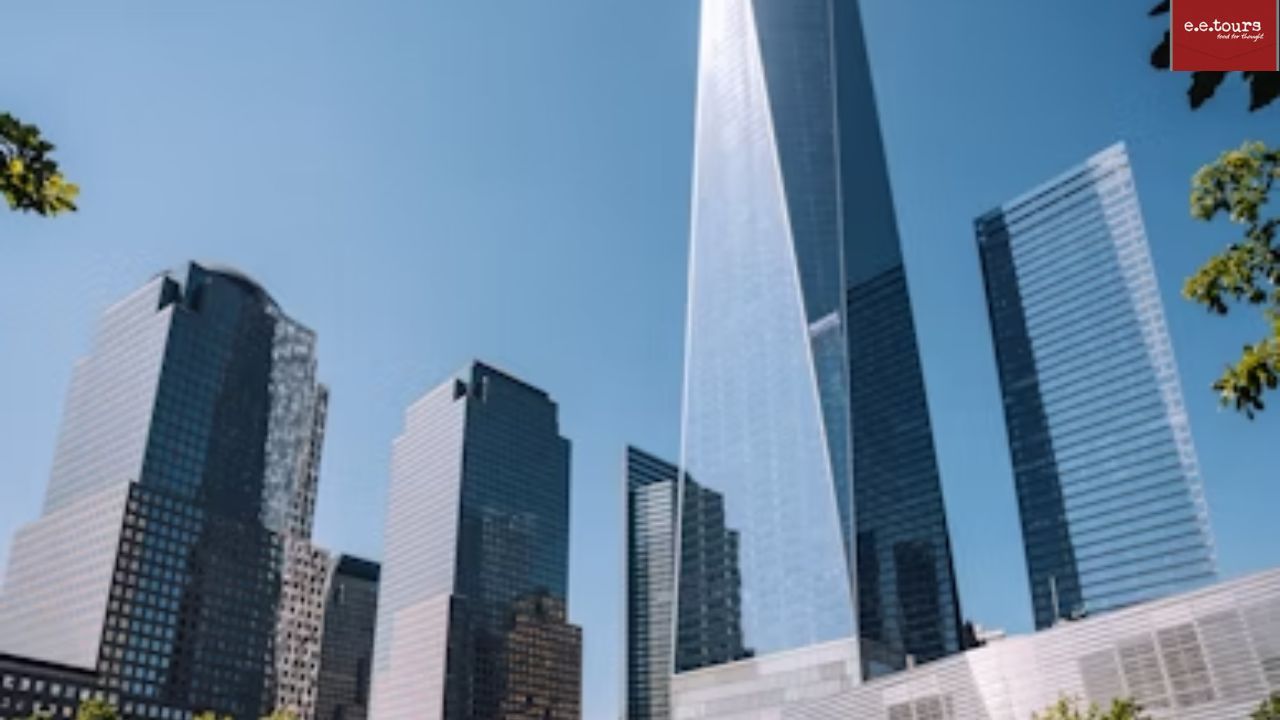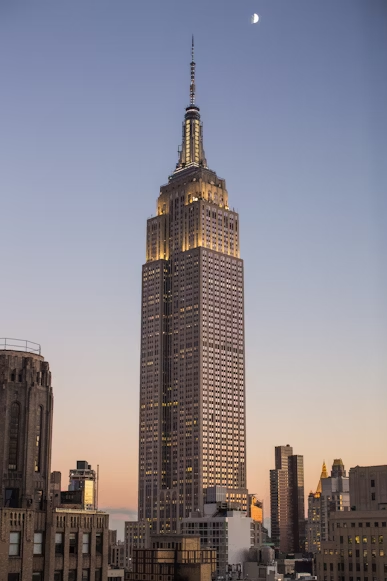What Are the Must-See Places to Visit in Manhattan for First-Time Travelers?
Manhattan hits differently when you first arrive.
The skyscrapers seem taller in person, the energy feels more electric, and suddenly you realize your itinerary can’t possibly cover everything you want to see.
That’s the beautiful problem with this borough: there’s almost too much to experience.
If you’re planning your first trip, you need a strategic approach. The places to visit in Manhattan pack world-famous landmarks, hidden cultural gems, and distinct neighborhoods into just 23 square miles.
The key isn’t trying to see everything. It’s about hitting the spots that give you the authentic Manhattan experience while leaving room to discover your own favorites along the way.
The Iconic Landmarks You Can’t Skip
Central Park deserves more than a quick walk-through. This 843-acre green space serves as Manhattan’s communal backyard, and locals treat it that way. You’ll find people jogging at dawn, families picnicking on weekends, and musicians performing near Bethesda Fountain.
The park undergoes a complete transformation with the seasons. Spring brings cherry blossoms, summer means outdoor concerts, fall delivers those Instagram-worthy foliage shots, and winter transforms New York City.

The Statue of Liberty and Ellis Island require advance planning. Book your ferry tickets early because they sell out quickly, especially during peak season. The experience takes most of a day due to the security screenings and the boat rides, but standing at the base of Lady Liberty gives you that tangible connection to American history that photos simply can’t capture.
Times Square will captivate your senses in the best possible way. Yes, it’s touristy. Yes, locals avoid it. But experiencing it once is non-negotiable for first-timers. The massive LED screens, the constant buzz of activity, and the street performers competing for attention create this overwhelming sensory experience that somehow feels quintessentially New York. Visit at night when the lights reach their full intensity.
Where Art and Culture Take Center Stage
The Metropolitan Museum of Art could consume your entire trip if you let it. With over two million works spanning 5,000 years, you need a game plan. Most first-timers focus on the Egyptian Temple of Dendur, the European paintings wing, and the rooftop garden with its skyline views. Download the Met’s app beforehand to create a personalized route.
Explore Manhattan’s rich cultural scene with our Educational/The Arts tours, designed to immerse you in iconic institutions like the Met and MoMA.
The Museum of Modern Art offers a different vibe entirely. MoMA’s collection includes works by Picasso, Van Gogh, Warhol, and other masters who defined modern art movements. The building itself underwent a major renovation recently, creating more gallery space and improved the flow between exhibitions. Plan for at least three hours here.

Don’t overlook the 9/11 Memorial & Museum. The twin reflecting pools occupy the footprints of the original towers, and the museum below ground tells the story of that day through artifacts, testimonies, and carefully curated exhibits. It’s emotionally heavy but important, offering perspective on how that event shaped modern New York and America.
Neighborhoods That Define Manhattan’s Character
Greenwich Village maintains its bohemian soul despite rising rents and chain stores creeping in. Walk the tree-lined streets where Bob Dylan wrote protest songs and beat poets gathered in coffee shops. Washington Square Park serves as the neighborhood’s living room, where NYU students study, chess players compete, and street musicians provide the soundtrack.
Speaking of neighborhoods with serious character, the places to visit in Harlem showcase African American culture, history, and contemporary life in ways few other areas can match. The Apollo Theater launched countless legendary careers, and catching a show there connects you to that legacy.
The Studio Museum focuses on artists of African descent, while the brownstone-lined streets reveal beautiful architecture that survived when other neighborhoods demolished their historic buildings.
If you want to understand Harlem’s full story, the places to see in Harlem extend beyond the main thoroughfares. Stroll along Strivers’ Row, where successful Black professionals built elegant homes in the early 1900s. Visit the Schomburg Center for Research in Black Culture, which houses millions of items documenting the African diaspora. Stop by Sylvia’s Restaurant for soul food that has fueled the neighborhood since 1962.
Savor Harlem’s culinary heritage and more with our Culinary Tours, featuring authentic dining experiences across Manhattan’s vibrant neighborhoods.
The places to go in Harlem also include Marcus Garvey Park, where locals gather for summer concerts and festivals. The park is situated on rocky terrain, offering elevated views of the surrounding area. On Sundays, many visitors attend gospel services at one of Harlem’s historic churches. The music, the energy, and the sense of community create powerful experiences.
Chinatown assaults you with hanging roasted ducks in windows, vendors selling mysterious produce, and the constant negotiation between tradition and gentrification. Canal Street serves as the main artery, but the side streets hold the real discoveries. Small Buddhist temples sit next to dumpling shops that have operated for decades. The neighborhood has shrunk as real estate prices climbed, making it feel even more precious to those who remember its larger footprint.
The Views That Make You Forget Your Fear of Heights

The Empire State Building observation deck delivers that classic New York vista. You’ve seen it in countless movies, but being there yourself feels different. The building offers two observation levels: the main deck on the 86th floor and the top deck on the 102nd floor. Lines move slowly, so purchasing skip-the-line tickets saves serious time.
The Top of the Rock at Rockefeller Center provides many people’s favorite observation experience. The viewing platforms have lower barriers than the Empire State Building, allowing for better photos.
You also get unobstructed views of Central Park spreading north and the Empire State Building itself. The three-level outdoor deck gives you options depending on crowds and weather.
For a free alternative, the Staten Island Ferry offers stunning harbor views without costing a cent. The 25-minute journey provides excellent vantage points for the Statue of Liberty, Ellis Island, and the downtown skyline. Commuters use it daily, so you’ll ride alongside actual New Yorkers going about their business.
Beyond Manhattan’s Borders
While Manhattan dominates most itineraries, the places to visit in New York City extend across all five boroughs. Brooklyn’s waterfront parks and neighborhoods deserve attention, particularly DUMBO with its cobblestone streets and Manhattan Bridge views. Queens offers incredible ethnic food diversity that rivals anything in Manhattan.
The places in the Bronx, NY, often get overlooked by tourists, but they shouldn’t be. The Bronx Zoo ranks among the world’s best, housing over 6,000 animals across 265 acres.
The New York Botanical Garden creates 250 acres of curated natural beauty with specialized gardens, walking paths, and seasonal exhibitions. Yankee Stadium pulls in baseball fans, while the Bronx’s Little Italy on Arthur Avenue serves authentic Italian food without the tourist markups you find in Manhattan.
Ready to Explore NYC Without the Stress?
Seeing all these amazing places to visit in New York City can seem like a lot of planning. Wouldn’t it be easier if someone else handled the details? EE tours take you straight to the best places to go in Harlem and the top sights in Manhattan, all without waiting in long lines.
We give you more than just a photo stop; you get the real stories behind the city with a friendly local guide. Let us make your first trip unforgettable and totally stress-free.